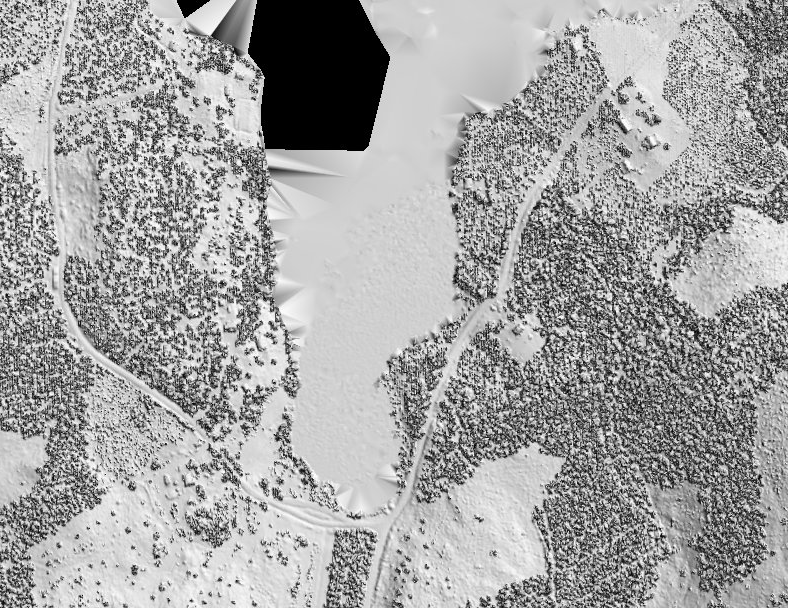Automated house model from height coordinates
-
No need for all that. There are some new sites popping up that will allow you to send really large files very easily (not all the hassle of FTP's and such).
Dropbox ( http://db.tt/jmv7wSe
 This one's been around for awhile and has some amazing implications. I think you start with 2 gigs of space or so and you can easily share anything up to that size, even a single 2gig file.
This one's been around for awhile and has some amazing implications. I think you start with 2 gigs of space or so and you can easily share anything up to that size, even a single 2gig file.Ge.tt ( http://ge.tt/
 Much newer site. This one requires no downloads and the person on the other end can begin downloading the file immediately (even while it's still uploading on the other end).
Much newer site. This one requires no downloads and the person on the other end can begin downloading the file immediately (even while it's still uploading on the other end).If you share large files or have multiple computers that you want to sync up (dropbox allows you to do this) these will change your life. I use dropbox every day and am starting to use Ge.tt
-Brodie
-
Good point, but I wanted to follow the scheme proposed my partners. They don't want to freely share their material with the whole web community. Sales could go down
 . Also, I'm not very pleased by all regulations spelled out by some of these 'free' service providers.
. Also, I'm not very pleased by all regulations spelled out by some of these 'free' service providers. -
I hear you. There's always that risk. For the record, Ge.tt is still pretty new which means we'll have to wait and see how they develop. Dropbox isn't exactly Maytag, but I, for one, have come to trust them. There are so few companies out there creating software and apps that just do what they're supposed to do and do it really well, that when they come along it's quite a pleasant surprise.
-Brodie
-
Have you tried Plan tools from ThomThom?
http://forums.sketchucation.com/viewtopic.php?t=30512
Looks like they could do the job?BTW, Dropbox lets you share folders by invitation only. They are not publicly shared. Works great IMO.
-
There is a "public" folder in your Dropbox account which is probably accessible my anyone (knowing the link of course but you can paste it here). I have not used it yet however.
-
Yes, there are public folders too. I see that my post could look like that I thought/wrote that there were no public folders?
I have not tried the public variant, but the privately shared ones works very well. -
Yes, I also use those.
The public ones must also work well as on the Thea forums, there are some members who used that for sharing Thea materials (although the downloads were so intense that his account was suspended until he removed them - many sites were simply hot-linking his downloads...)

Anyway, there seems to be a bandwidth limit or at least a "fair use" policy, too, so be careful not to share too cool stuff there.

-
I think the DropBox limit is 10GB of traffic per month. I had my public folder disabled recently because of the activity in there

It's been restored since though.
Another option is ADrive with 50GB of free storage
There's also an app out there that consolidates all the storage options under one roof to give you total control over multiple accounts. But the name escapes me.
-
Thanks bjornkn for your great hint:
@unknownuser said:
Have you tried Plan tools from ThomThom?
viewtopic.php?t=30512
Looks like they could do the job?Still waiting for the data, though.
-
Finally received the test data. The points are stored according to the LAS 1.2 specification. It doesn't seem to be very complicated. As the files are huge (e.g. 10801812 points of 28 bytes each), I guess I will anyway have to write my own routines. But in case someone has experience of the same kind of data it could be helpful to connect.
-
Found a company, TerraSolid, in our neighborhood which produces programs for processing of this kind of data. Unfortunately their applications cost zillions, so it seems I have to go on with the started project. There is an open source activity at http://liblas.org/ which seems to be very useful. They feature a list of other commercial packages which seem to be based on the os library.
The liblas library is based on work done by Martin Isenburg and Jonathan Shewchuk, who are also authors of a set of command line LAS utilities called LAStools at http://www.cs.unc.edu/~isenburg/lastools/, which seems to achieve much of the essential groundwork for our project.
Martin's utility "lasclip.exe clips away points falling into polygonal shapes (e.g. complex building footprints)." If the LAS file contains projection information, the las2dem.exe will also "be able to create a KML file that geo-references the DEM for display within Google Earth". The two developers also produced an interesting article "Visualizing LIDAR in Google Earth" http://www.cs.unc.edu/~isenburg/googleearth/

For a map view of the same area see: http://tinyurl.com/455gcft
Advertisement







